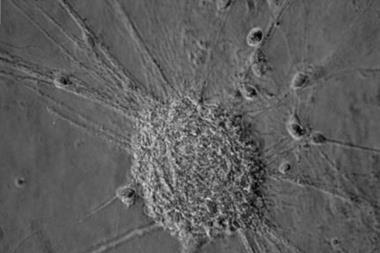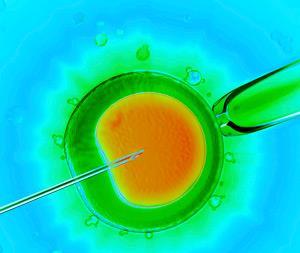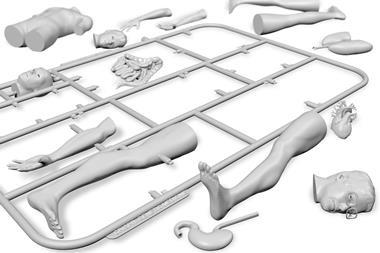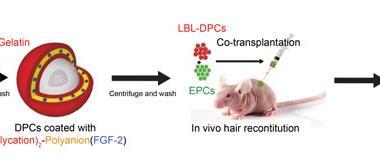Researchers may have found a cheaper way to get cells to differentiate into bone or cartilage on demand
By growing stem cells on gels whose stiffness they can easily control, scientists in the UK and US have identified molecules that could be used to direct the cells’ biological destiny more cheaply.
‘Simple small metabolites present in the body already can dictate cell behaviour,’ says Rein Ulijn from City University of New York, who led the work. The hope is that if these metabolites can be identified, they could replace the complex biomolecular cocktails currently used to control stem cell differentiation, doing the same job at a fraction of the cost. The work could also ‘aid the discovery of natural metabolite-based drugs’, Ulijn adds, for example to reinforce bones in osteoporosis.

University of Glasgow stem cell scientist Matthew Dalby studies how stem cells’ environment influences their ability to specialise. He teamed up with Ulijn in 2011, after other groups showed that stiffness of the material stem cells were cultured on can influence what they become. ‘On a stiff gel you might get bone-like differentiation,’ Ulijn explains. ‘On a softer gel differentiation into neurons is more likely.’
Dalby wanted to see the role metabolites played in this phenomenon. However, the metabolite molecules are present in very low concentrations, and differences between the formulations of stiffer and floppier materials could mask subtle changes in concentration. This could be overcome using two-component peptide gels made by Biogelx, where Ulijn is chief scientific officer. Tuning the concentration of the two different components changes the gel’s stiffness, without other compositional changes that could mask metabolite variation.
The researchers could therefore study concentration changes of hundreds of metabolites during stiffness-controlled stem cell differentiation into bone or cartilage. Among several that were being consumed during this change, they focussed in on fatty molecules, lysophosphatidic acid in the case of cartilage and cholesterol sulfate in bone. When the scientists then fed these metabolites to standard stem cell cultures, they developed into the desired cell type.
Helena Azevedo of Queen Mary University of London calls the study ‘highly innovative’ and says it may directly influence future experiments on differentiation of stem cells into bone and cartilage. ‘We will see, for sure, studies exploiting these metabolites for inducing controlled differentiation of stem cells,’ she says.
References
E V Alakpa et al, Chem, 2016, DOI: 10.1016/j.chempr.2016.07.001












No comments yet